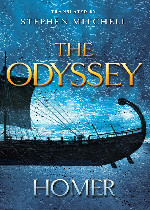
The Odyssey (/ˈɒdəsi/; Greek: Ὀδύσσεια Odýsseia, pronounced [o.dýs.sej.ja] in Classical Attic) is one of two major ancient Greek epic poems attributed to Homer. It is, in part, a sequel to the Iliad, the other work ascribed to Homer. The Odyssey is fundamental to the modern Western canon; it is the second-oldest extant work of Western literature, while the Iliad is the oldest. Scholars believe the Odyssey was composed near the end of the 8th century BC, somewhere in Ionia, the Greek coastal region of Anatolia.
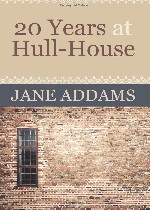
Twenty Years at Hull-House(赫尔大厦二十年) 立即阅读
While on a trip to East London in 1883, Jane Addams witnessed a distressing scene late one night: masses of poor people were bidding on rotten vegetables that were unsalable anywhere else. This scene haunted Addams for the next two years as she traveled through Europe, and she hoped to find a way to ease such suffering. Five years later, she visited Toynbee Hall, a London settlement house, and resolved to replicate the experiment in the U.S.
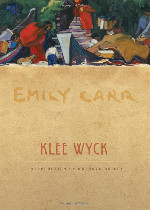
Klee Wyck (1941) is a memoir by Canadian artist Emily Carr. Through short sketches, the artist tells of her experiences among First Nations people and cultures on British Columbia's west coast. The book won the 1941 Governor General's Award and occupies an important place in Canadian literature. Carr was an avid traveller, and explored much of the west coast of British Columbia in her lifetime. She related some of her experiences on western Vancouver Island, Haida Gwaii, and on the Skeena and Nass Rivers are related in this first book.
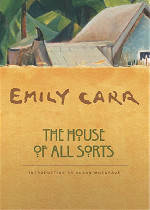
The House of All Sorts(多样房子) 立即阅读
The House of All Sorts is a collection of 41 stories of those hard-working days and the parade of tenants- young couples, widows, sad bachelors and rent evaders all the tears and travails of being a landlady confronted with the startling foibles of humanity. Carr is at her most acerbic and rueful, but filled with energy and inextinguishable hope. Carr’s writing is vital and direct, aware and poignant, and as well regarded today as when The House of All Sorts was first published in 1944 to critical and popular acclaim. The book has been in print ever since.
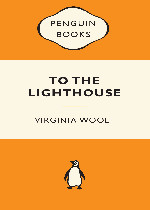
To the Lighthouse is a 1927 novel by Virginia Woolf. The novel centres on the Ramsay family and their visits to the Isle of Skye in Scotland between 1910 and 1920. Following and extending the tradition of modernist novelists like Marcel Proust and James Joyce, the plot of To the Lighthouse is secondary to its philosophical introspection. Cited as a key example of the literary technique of multiple focalization, the novel includes little dialogue and almost no action; most of it is written as thoughts and observations.
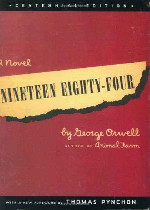
Nineteen Eighty-Four(1984) 立即阅读
Nineteen Eighty-Four, often published as 1984, is a dystopian novel published in 1949 by English author George Orwell. The novel is set in Airstrip One, formerly Great Britain, a province of the superstate Oceania. Oceania is a world of perpetual war, omnipresent government surveillance and public manipulation. Oceania's residents are dictated by a political regime euphemistically named English Socialism (shortened to "Ingsoc" in Newspeak, the government's invented language). The superstate is under the control of the privileged, elite Inner Party.
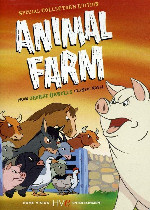
Animal Farm is an allegorical novella by George Orwell, first published in England on 17 August 1945. According to Orwell, the book reflects events leading up to the Russian Revolution of 1917 and then on into the Stalinist era of the Soviet Union. Orwell, a democratic socialist, was a critic of Joseph Stalin and hostile to Moscow-directed Stalinism, an attitude that was critically shaped by his experiences during the Spanish Civil War. The Soviet Union, he believed, had become a brutal dictatorship, built upon a cult of personality and enforced by a reign of terror.
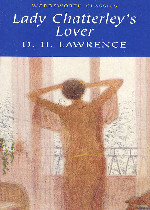
Lady Chatterley's Lover(查泰莱夫人的情人) 立即阅读
Lady Chatterley's Lover is a novel by D. H. Lawrence, first published privately in 1928 in Italy, and in 1929 in France and Australia. An unexpurgated edition was not published openly in the United Kingdom until 1960, when it was the subject of a watershed obscenity trial against the publisher Penguin Books. Penguin won the case, and quickly sold 3 million copies. The book soon became notorious for its story of the physical (and emotional) relationship between a working class man and an upper class woman, its explicit descriptions of sex, and its use of then-unprintable words.